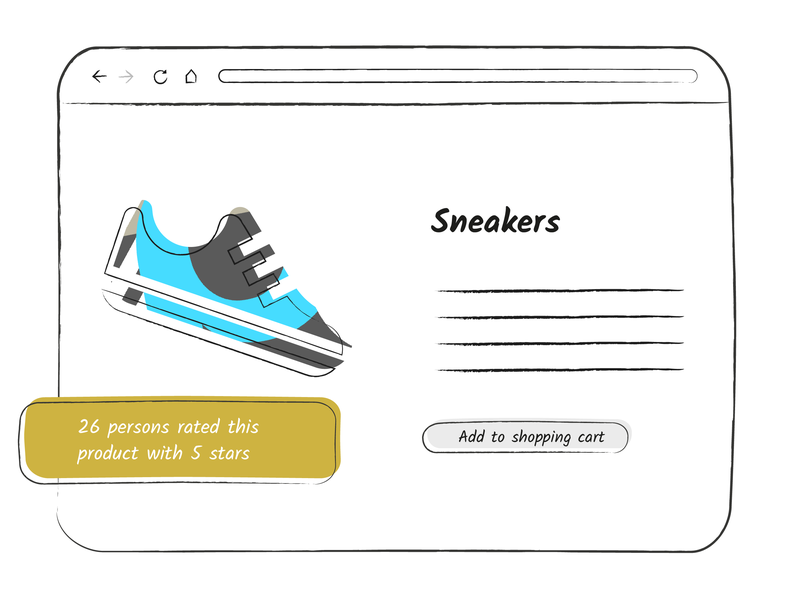This group of dark patterns aims to build pressure. Users are repeatedly asked to act, they are confronted with (alleged) social norms or an (alleged) scarcity of goods. They see themselves under pressure to perform or refrain from performing a certain action.
The Confirmshaming pattern triggers feelings of guilt with regard to one option in order to encourage users to choose the other option.
Here, it is suggested that if you do not take out a subscription you will miss out on cost advantages.


The Scarcity Pattern induces (truthfully or falsely) the impression that goods or services are only available in limited numbers.
This example exerts pressure by displaying the number of teapots available. The use of colors draws attention to this information and intensifies this effect. The pattern suggests: Buy quickly, otherwise the beautiful product will be gone!
Scarcity Patterns are also used in versions where the alleged scarcity is simply invented or where it is not made clear whether the limited availability relates to the product as a whole or only to the contingent of the portal visited.
Countdown patterns induce (truthfully or falsely) the impression that a product or service is only available for a certain period of time. This is illustrated through a running clock or a lapsing bar. You can watch as the desired good slips away.
In the example, (according to the tweet author) the timer automatically resets itself as soon as it has expired. The only purpose of the timer is to put buyers under pressure and to induce them to buy.

The Nagging pattern is based on repeated, sometimes aggressive requests to perform a certain action. Explicit refusal is usually only possible temporarily ("not now"). Nagging relies on users simply agreeing at some point to save themselves the trouble of clicking away.
Social Proof is another dark pattern of this category. Positive product reviews or activity reports from other users are displayed directly. Often, these reviews or reports are simply made up. But authentic reviews or reports also influence the purchase decision through smart selection and placement.
